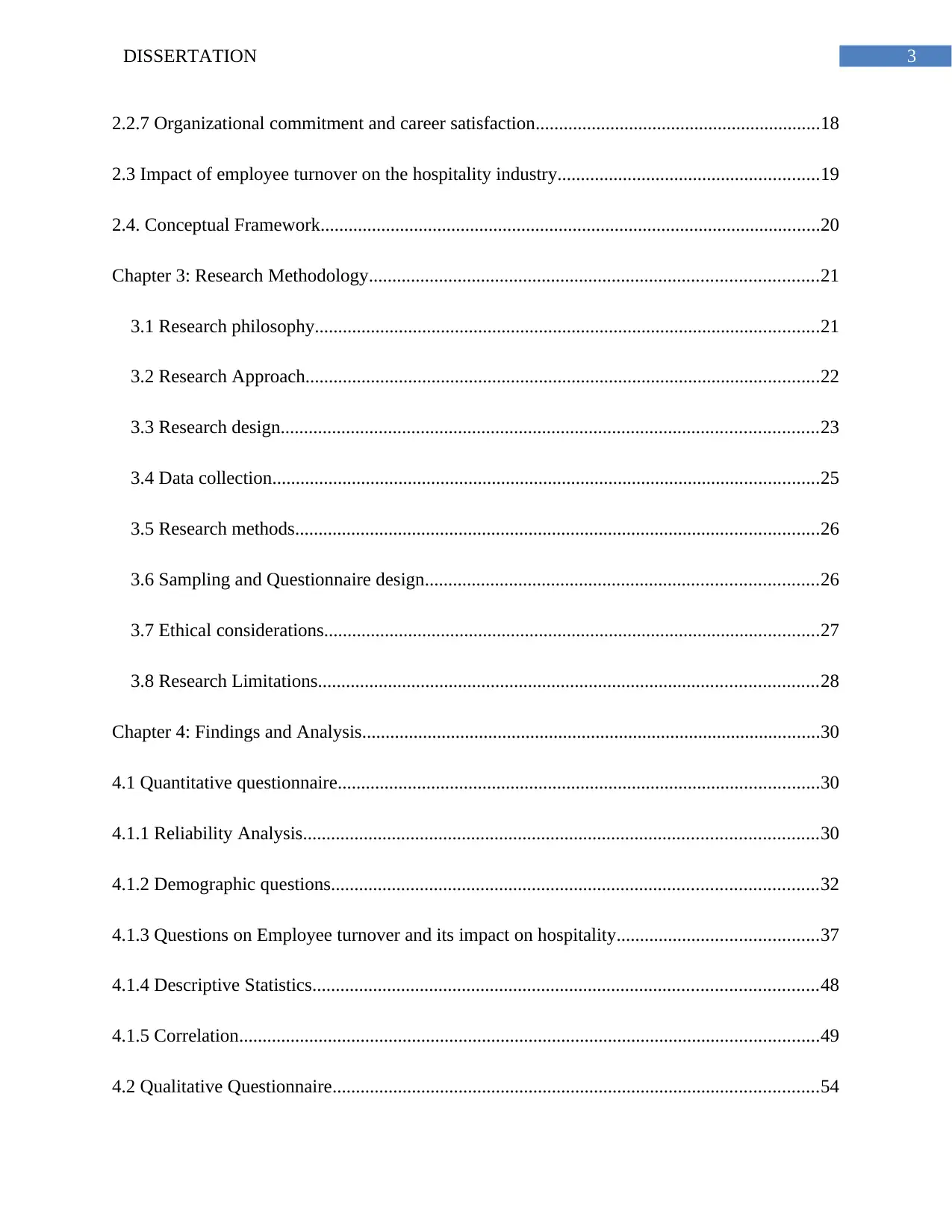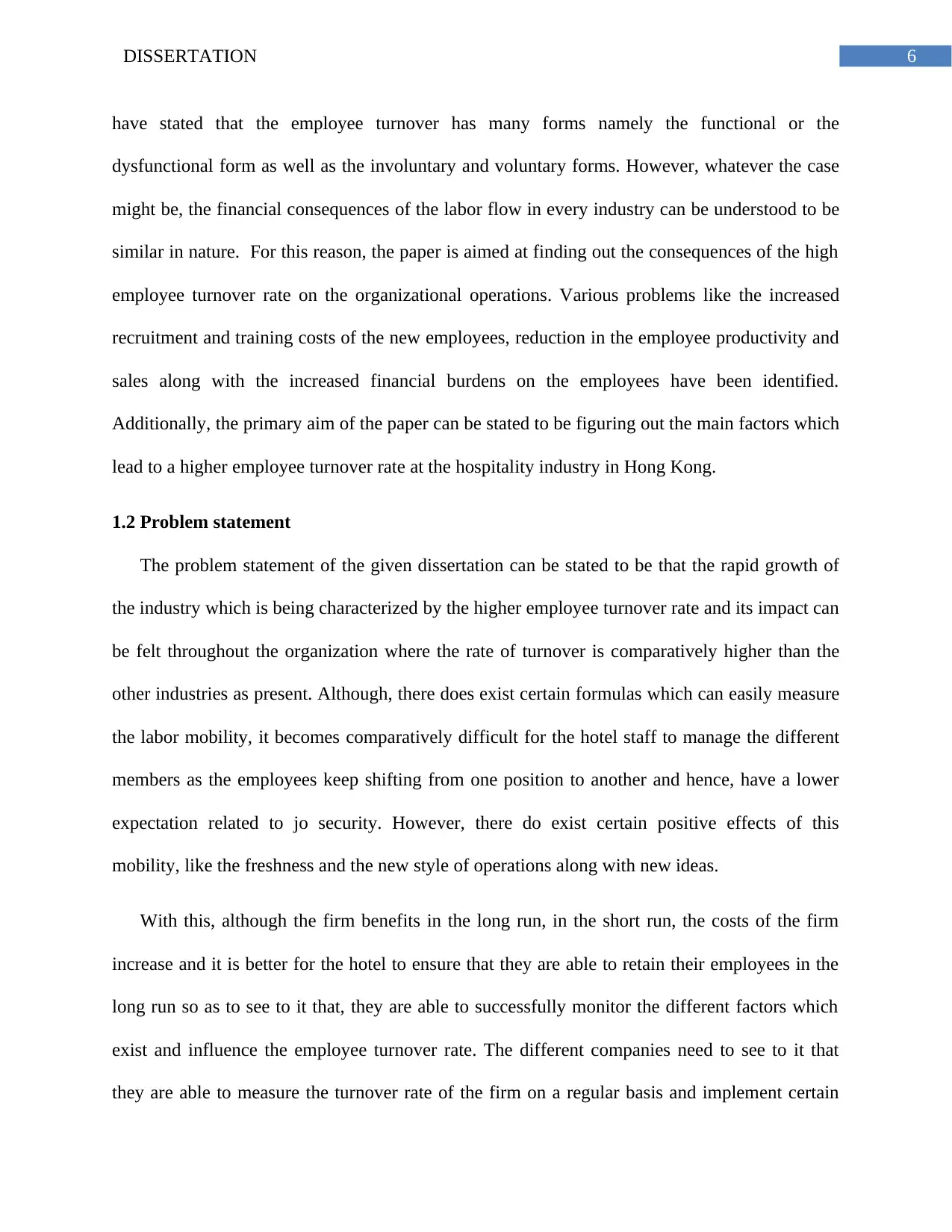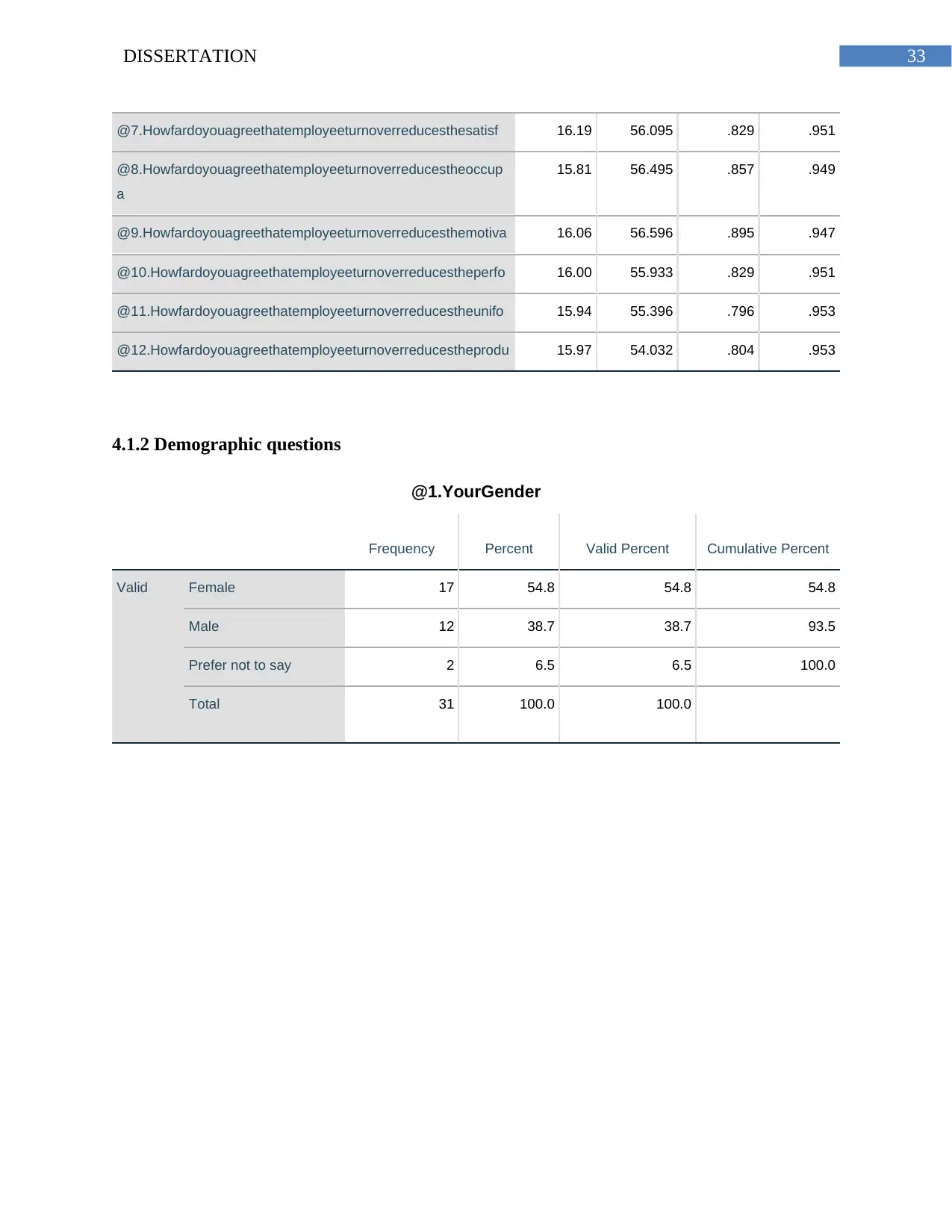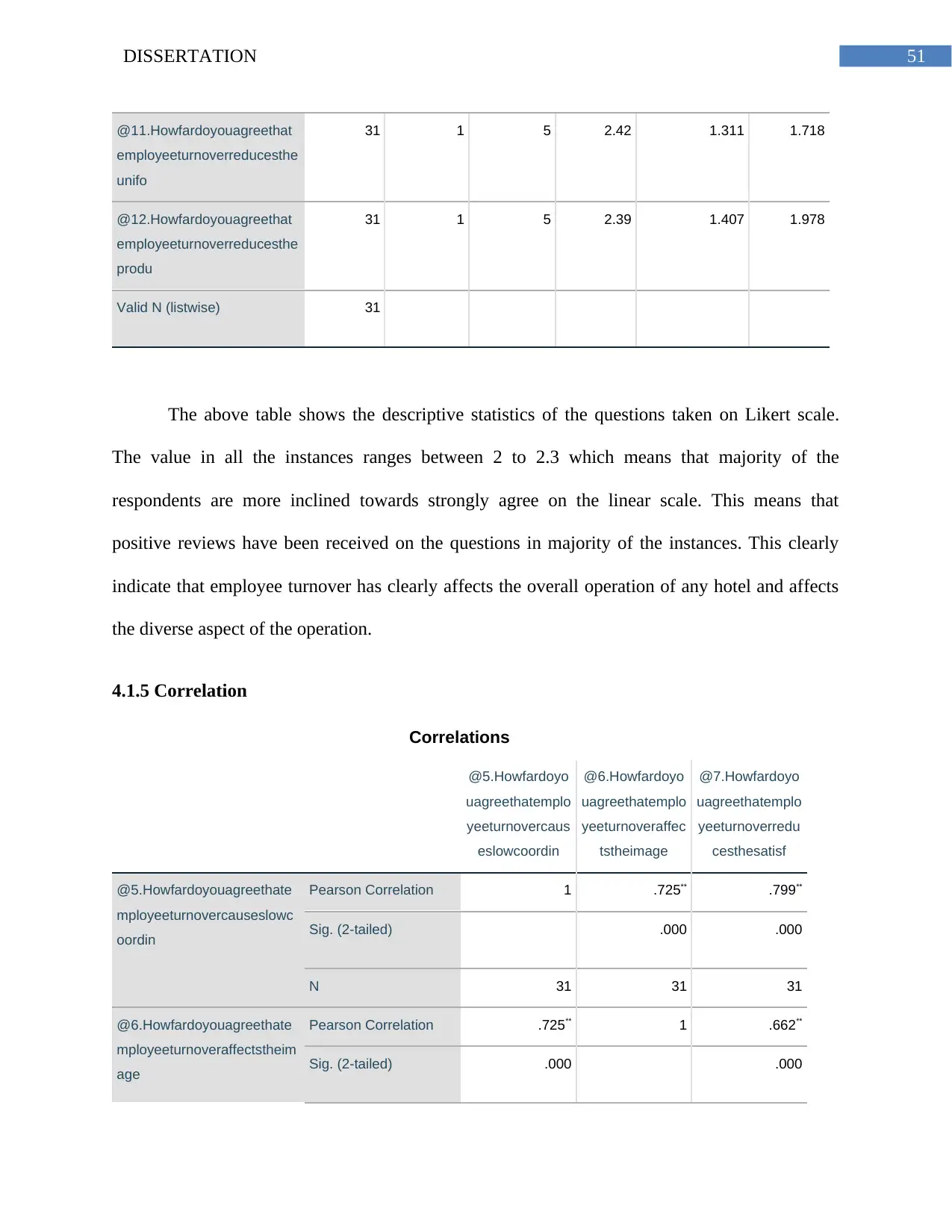In this dissertation we will discuss about hospitality and below are the summaries point:-
Hospitality industry faces high employee turnover
Negative themes and stressful work environment are common
Issues such as unstable work timing, low wages, and low working status contribute to high employee turnover
High employee turnover impacts service quality, financial stability, and overall image of the firm
Labor turnover is calculated using separation rates, which can be voluntary or involuntary
Consequences of high employee turnover include increased recruitment and training costs, reduced employee productivity and sales, and increased financial burden on the firm
The paper aims to identify the main factors leading to higher employee turnover in the hospitality industry in Hong Kong
The industry benefits from employee mobility in the long run, but in the short run, costs increase
Hotels should measure turnover rates regularly and implement policies to retain employees, such as providing job security and adequate training
The dissertation aims to analyze the factors influencing employee turnover and suggest ways to reduce labor mobility in the industry.
![[object Object]](/_next/static/media/star-bottom.7253800d.svg)
![[object Object]](/_next/static/media/star-bottom.7253800d.svg)



































































